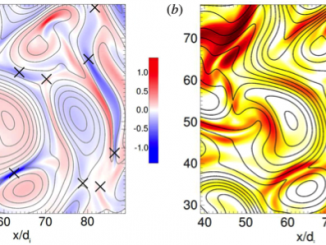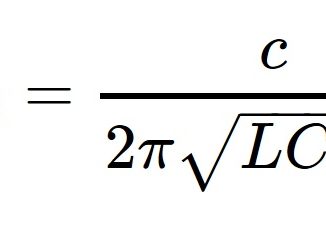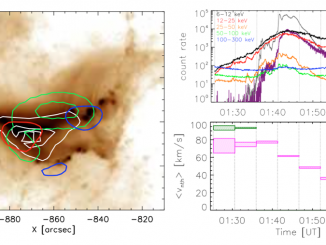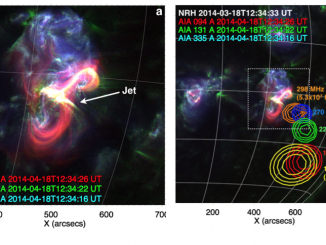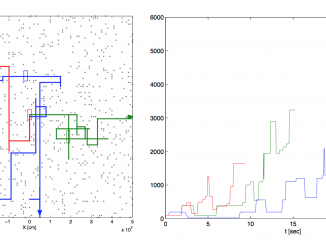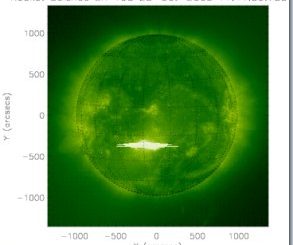Quasi-Periodic Particle Acceleration in a Solar Flare
by B. Clarke et al.*
Quasi-periodic pulsations (QPPs) are defined as intensity modulations in the flare electromagnetic radiation as a function of time. These modulations have been found to have characteristic periodicities that range from < 1 s up to several minutes. QPPs were first associated with the impulsive phase of flares and observed in the hard X-ray (HXR) and radio wavebands (Parks & Winkler 1969). They have more recently been observed within the thermal […]



